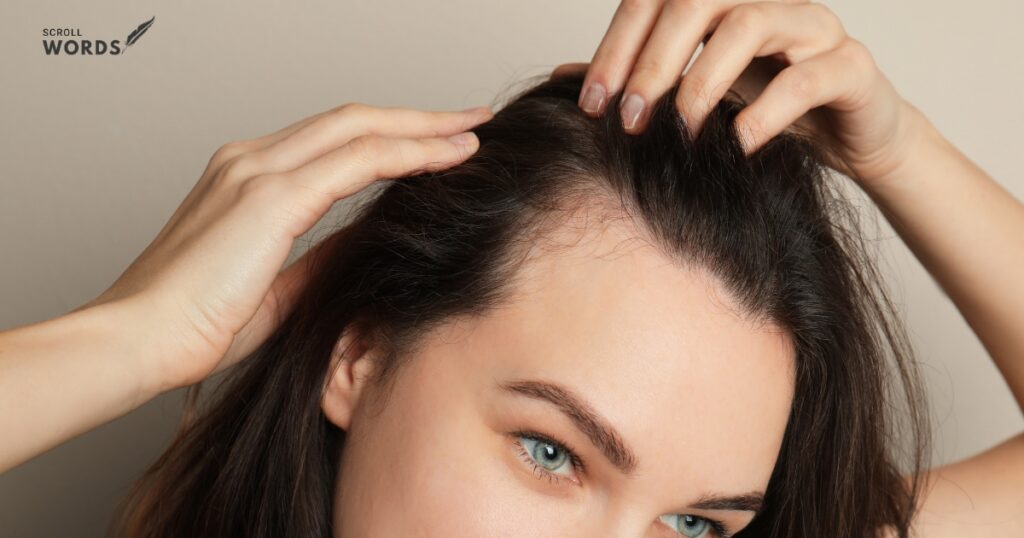A receding hairline is a common concern for both men and women across the world. However, studies reveal that the problem is more persistent among males than females. Sadly, modern medical science has yet to discover a medicine for reversing the receding hairline. But, the good thing is that some medications can reduce the speed of receding hairline among men and women. Nevertheless, there are some surgical and non-surgical treatments for this problem, and these solutions will be discussed in this article. But before delving deeper into the solutions, let us discuss the potential causes of receding hairline.
The Causes of Receding Hairline
More than 50 million males and 30 million females in the USA are the victims of receding hairline, also clinically known as androgenetic alopecia. Several factors may cause this hair loss problem among men and women. Find some of those factors in the following section of this article.
1. Increasing Age
With an increasing age, people encounter various aging issues in their bodies. Some of the prominent aging signs are skin wrinkles, excessive skin dryness, hair loss, and more. According to physicians, aging causes low collagen production. As a result, rapid hair fall and skin wrinkles take place.
More than 70% of men in the USA suffer from hair loss concerns after 40 years. The impact of aging on human bodies is non-reversible. But cosmetic treatments may help you to hide aging signs. Some treatments can also slow down the signs of aging to some extent.
2. Hormonal Changes
Hormonal disruptions may lead to premature aging among men and women. Many people complain about receding hairline even after reaching 40 years of age. Typically, an androgen hormone controls the impact of the hair growth cycle among humans. A lack of this hormone triggers pattern baldness among men.
An excessive amount of this androgen hormone can also cause hair loss. In such cases, you may notice a thinning hair problem, which eventually leads to low hair density and baldness. Hormonal treatments may help in such cases, though the risk of side effects cannot be ruled out.
3. Family History
Pattern baldness happens in men and women due to genetic reasons. If you have this hair loss problem in your family history, you are vulnerable to this concern. Pattern baldness triggered due to genetic reasons may show up after 35-40 years of age.
Unfortunately, the medications would not work well if baldness happens due to genetic reasons. Hair transplant, a surgical procedure, is suitable to restore the receding hairline. However, the procedure is expensive and does not promise 100% accurate results.
4. Side Effects of Medicines
Medicinal side effects are also prominent reasons behind hair loss issues among men and women. Rapid hair loss has been experienced by cancer patients who have undergone chemotherapy. However, hair loss due to chemotherapy is not permanent, as hair growth starts normally after a certain period. But, baldness for a limited period of time after undergoing chemotherapy can be a setback to a person’s self-esteem and confidence.
5. Stressful Lifestyle
A stressful lifestyle is another reason behind rapid hair loss among men and women. Typically, the stress from professional commitments is more concerning than the stress you get from your personal life. In addition to stress, people also undergo a haphazard lifestyle, which has a fatal impact on the body.
Besides noticing premature aging signs, you will suffer from various complicated diseases due to persistent stress. In such cases, people need to adapt to various stress management measures. Effortless stress management is essential to reduce or slow down aging signs.
Solutions for Receding Hairline
Hairline restoration treatment is the best way of managing the receding hairline. Many hairline restoration treatments are available for both men and women. So, which one is the most suitable for you? Which treatment brings a more long-lasting result? Find a quick look at the commonest treatments to prevent a fast receding hairline.
- Minoxidil: This is an ideal medicine for those who suffer from rapid hair loss. Taking this medicinal drug can help you manage hair loss to some extent. The effectiveness of this medicine may vary from one person to another. Consulting a professional physician is essential before having this medicine since it features some major and minor side effects.
- Hair Transplant: One of the most viable treatments for hair loss and low hair density is hair transplant. A hair transplant is a permanent or long-term solution to the pattern baldness. However, the treatment is surgical, which is not recommended to all. While cost is another drawback, not ensuring an accurate result is the biggest concern.
Hairline Tattoo: A Non-Surgical Procedure to Restore Receding Hairline
If you are seeking a non-surgical procedure to restore your receding hairline, consider undergoing the procedure for a tattooed hairline. A hairline tattoo is a non-surgical procedure that does not promote new hair growth, unlike a hair transplant. The procedure involves implanting tiny pigments on the scalp to mimic the look of the natural hair follicles.
This is a semi-permanent procedure for hairline restoration since the pigments will start fading after three to five years. When pigments start fading, you need to undergo a touchup session to gain their prominence back. Since it is non-surgical, it does not involve side effects. Moreover, recovery time is minimal. After the treatment, you need to follow some guidelines of your scalp micropigmentation artist.
Bottom Line
So, these are some reasons and potential solutions to treat or hide receding hairline. Among the solutions discussed here, a hair tattoo seems the most viable one since it does not offer any side effects. Moreover, hair tattoos or scalp micro pigmentation is cheaper than a hair transplant. You need to find a professional clinic to undergo the treatment from an expert. Choosing the best scalp micropigmentation near you is essential for a customized result that matches your requirements with precision.














